‘Amazing’: Mark Dickey reacts as he reaches surface after being stranded 3,400ft underground in Turkey cave
The 40-year-old American embarked on an expedition to map out one of the deepest cave systems in the world but fell after falling ill
Experienced explorer Mark Dickey has emerged from a Turkish cave after a successful three-day rescue operation by teams from all over Europe to carry him out of one of the deepest caves in the world.
Mr Dickey said that it was “Amazing to be above ground again,” as he was taken to a medical tent for examination before he could be transferred to hospital after his ordeal, reported CNN.
And he thanked the rescue teams and Turkish government for bringing him to safety and said they had “saved my life literally no questions asked.
And he added: “I was underground for far longer than ever expected with an unexpected medical issue.”
An international team of cave rescuers successfully brought Mr Dickey from 3,400 feet (1,036 metres) in the cave to safety at 12.37am on Tuesday local time, after a challenging operation that began on Saturday.
“Mark Dickey was removed from the last exit of the cave at 00:37 and taken to the UMKE tent. Thus, the cave rescue part of the operation has ended successfully. We congratulate all those who have contributed!” Turkish rescuers stated on X, the social media platform previously known as Twitter.
Turkish officials said that Mr Dickey would be taken by helicopter to a hospital in Mersin.
“He seems fine at first look,” Recep Salci of Turkey’s disaster and emergency management authority (AFAD) said on Tuesday, according to CNN.
The 40-year-old American embarked on an expedition to map out one of the deepest cave systems in the world, in the Morca cave in Mersin province’s Taurus mountains on 2 September.
The Morca cave system descends through various, very narrow, twists, turns and rappels – making it a difficult exploration for any person in good health. The underground equivalent of the cave is like climbing Mount Everest.
But the expedition was suddenly cut short after Mr Dickey fell ill with gastrointestinal bleeding and became trapped at a depth of 1,040 metres (3,400 feet).

His condition worsened quickly, making him unable to move and requiring a doctor to go down into the cave to administer vials of blood to keep him stabilised.
SON DAKİKA | Morca Mağarası'nda araştırma yaparken mahsur kalan ABD'li bilim insanı Mark Dickey'i kurtarma çalışması 10. gününde başarıyla sonuçlandı.
— TRHaber (@trhaber_com) September 11, 2023
Dickey, helikopterle hastaneye sevk ediliyor. pic.twitter.com/kPmyi5aw8F
For days, rescuers were unsure if Mr Dickey would be strong enough to be rescued to the surface, but his condition began improving on Wednesday.
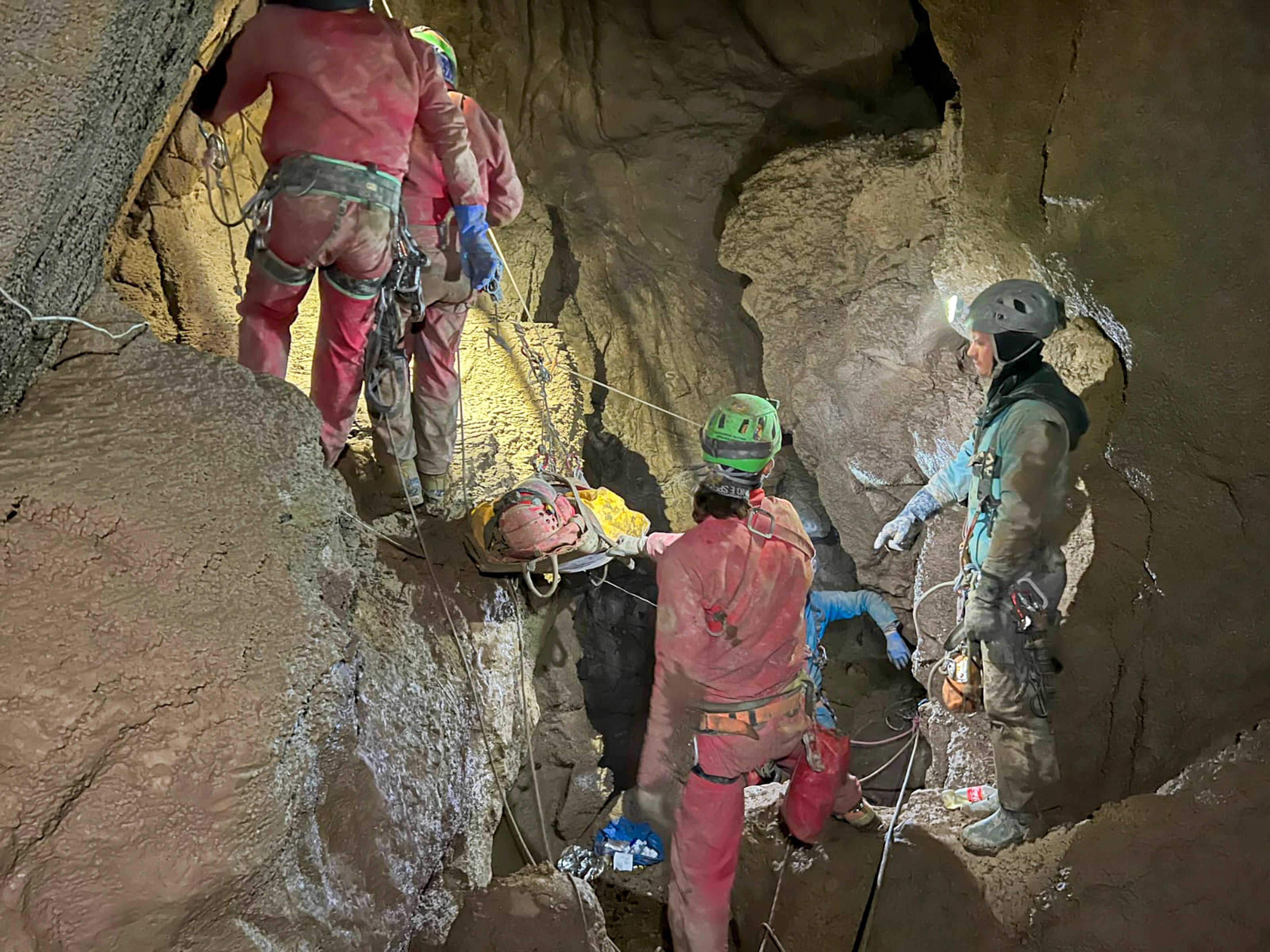
Rescue teams from countries across Europe, including Turkey, Hungary, Bulgaria, Croatia, Italy and Poland, rushed to Mr Dickey’s aid in the remote area in southern Turkey, with 158 of those rescuers being cave experts.
Mark Dickey was removed from the last exit of the cave at 00:37 and taken to the UMKE tent. Thus, the cave rescue part of the operation has ended successfully. We congratulate all those who have contributed! #MarkDickey #caverescue #Morca #tumaf@AFADBaskanlik
— Türkiye Mağaracılık Federasyonu (@tumaf1) September 11, 2023
And thus began the arduous rescue operation on Saturday 9 September, as Mr Dickey was slowly and carefully carried by stretcher through the dark, narrow underground passages.
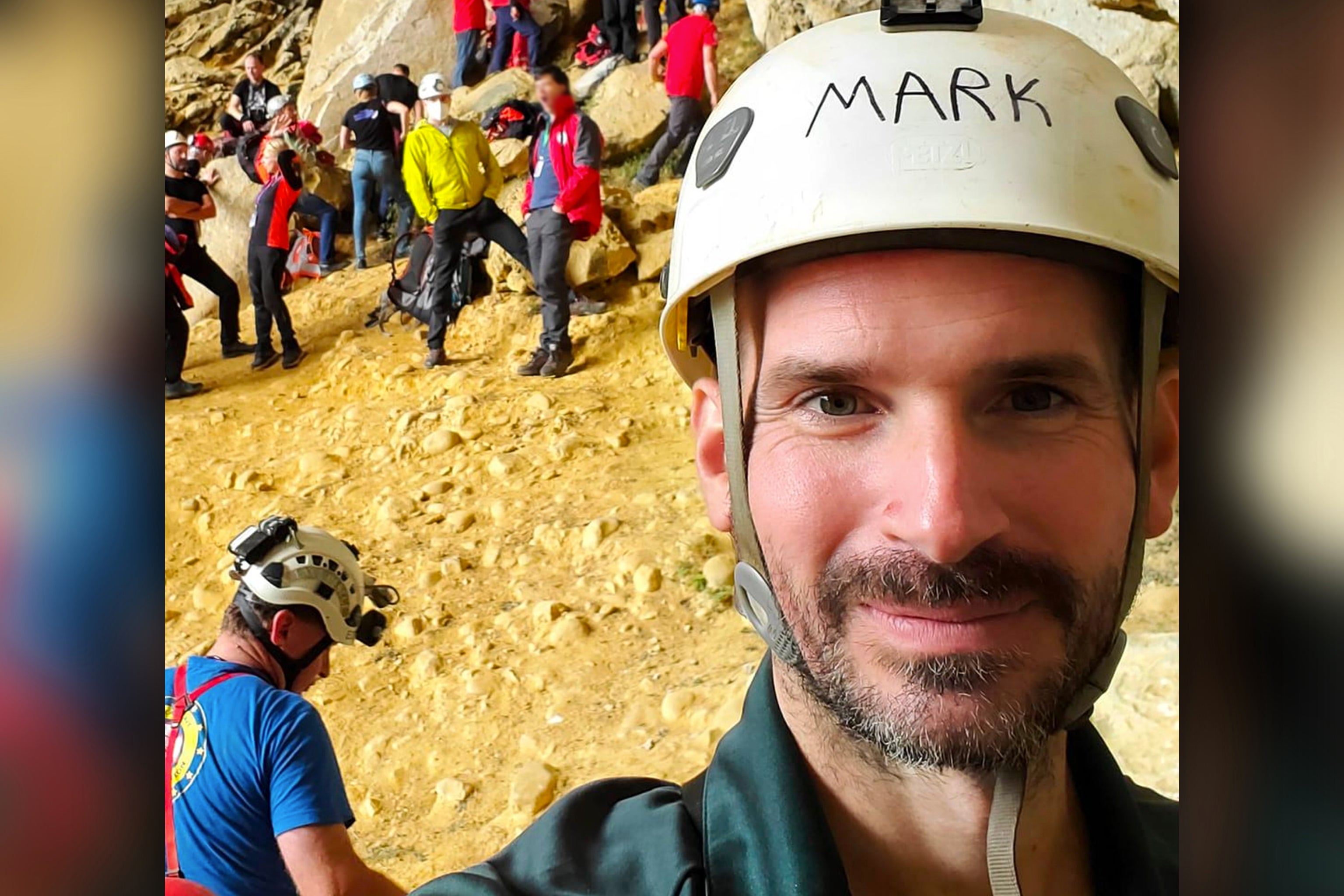

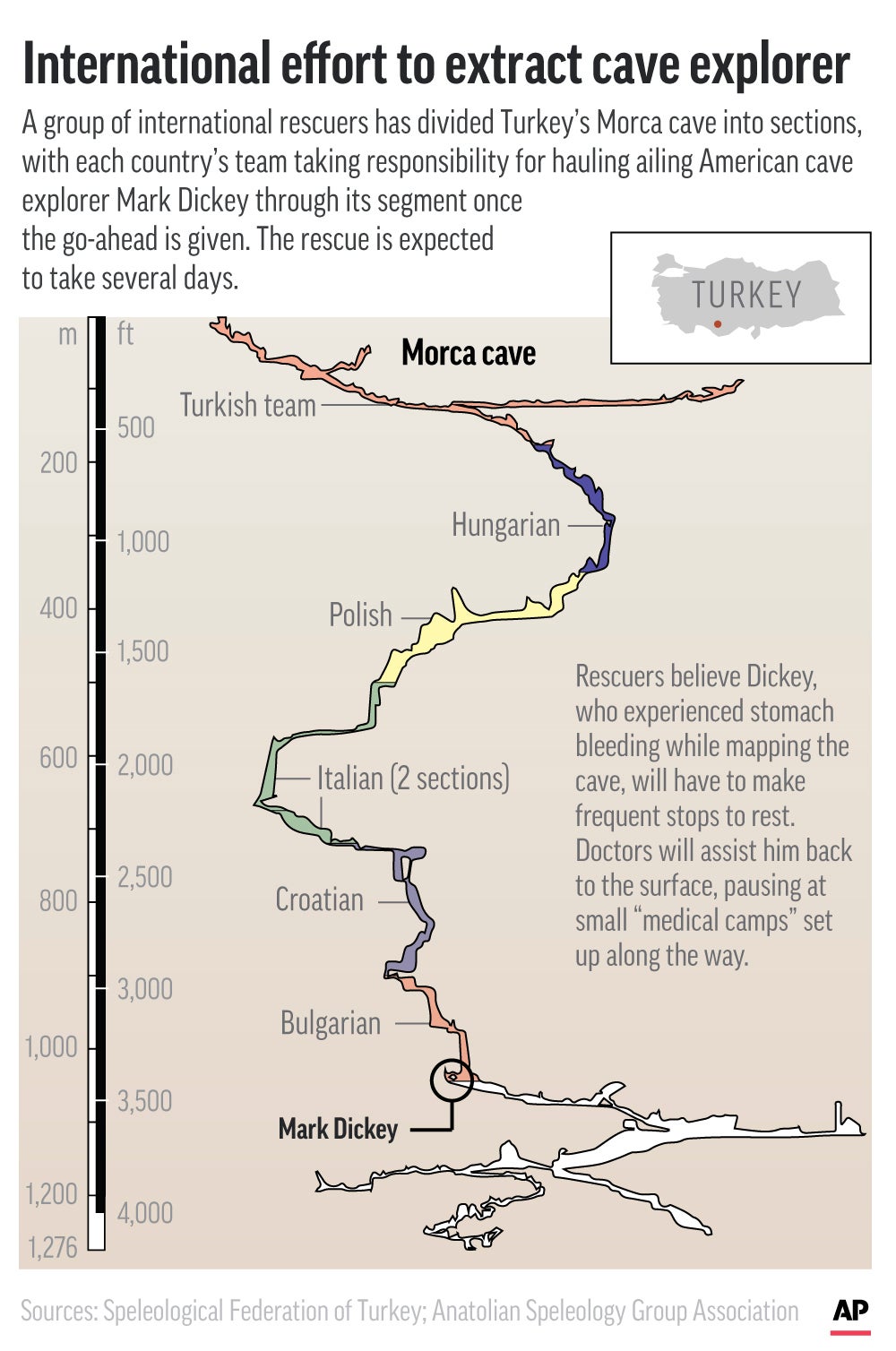
Mr Dickey’s fiancée and fellow caver Jessica Van Ord was with him when he fell ill and stayed with the 40-year-old until medics arrived and gave him IV fluid and blood.
She eventually climbed out and stayed at a base camp near the mouth of the cave, while working with the 150-strong team of cavers who have travelled to Turkey to help bring Mr Dickey out by stretcher.
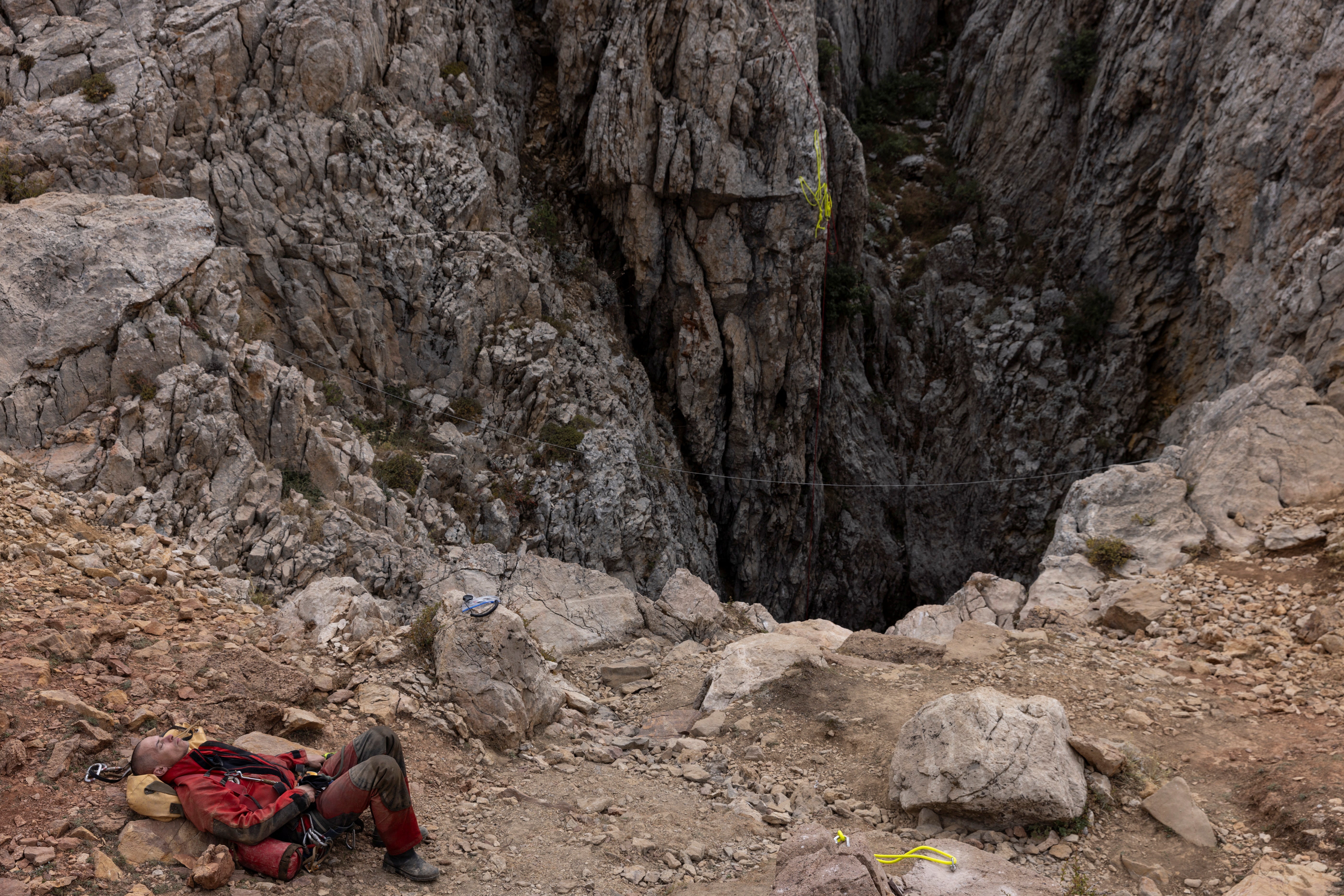
Rescuers initially worked to stabilise Mr Dickey’s condition before he could be moved.
By Thursday, his bleeding had stopped and he was able to walk unassisted, according to Cave Rescue Bulgaria.
The mission to extricate Mr Dickey began on Saturday afternoon. Rescue teams set up medical “base camps” at various depths throughout the caves where they could rest and recuperate.
Rescue teams used explosives to blast open parts of the cave to safely extract him.
Apart from small explosives, rock hammers were also being used by rescuers to make way for a stretcher to ensure Mr Dickey’s safety during ascent.
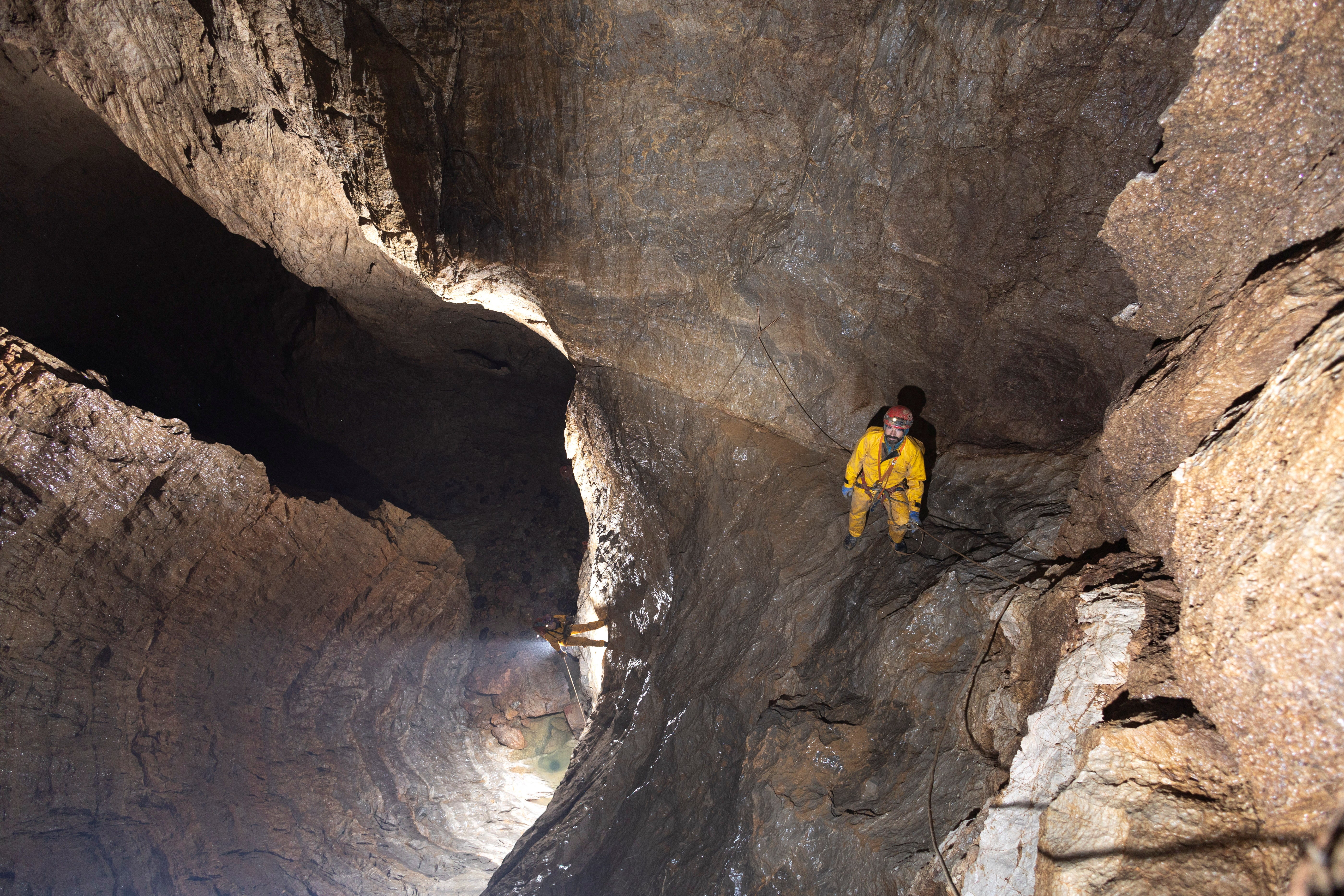
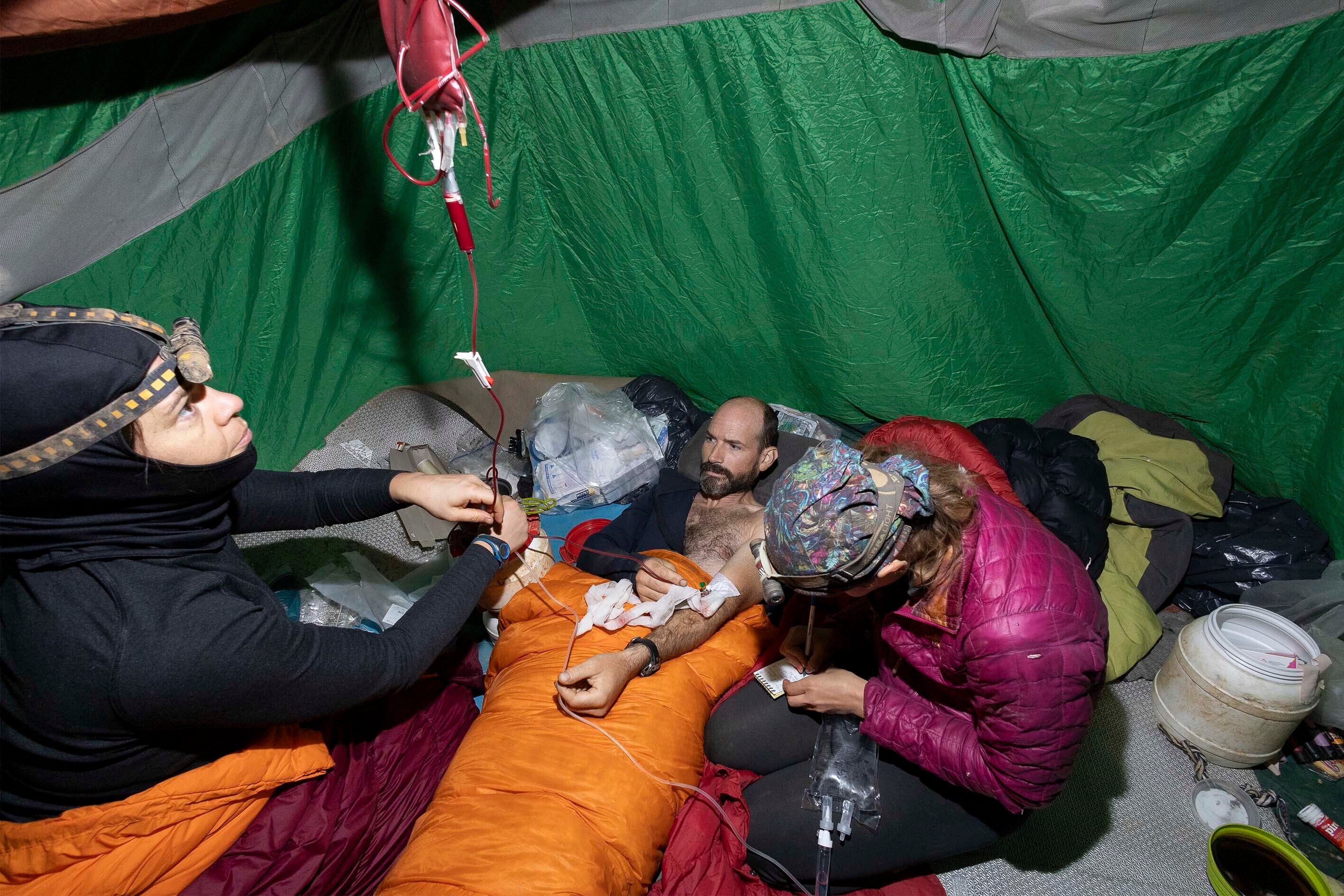
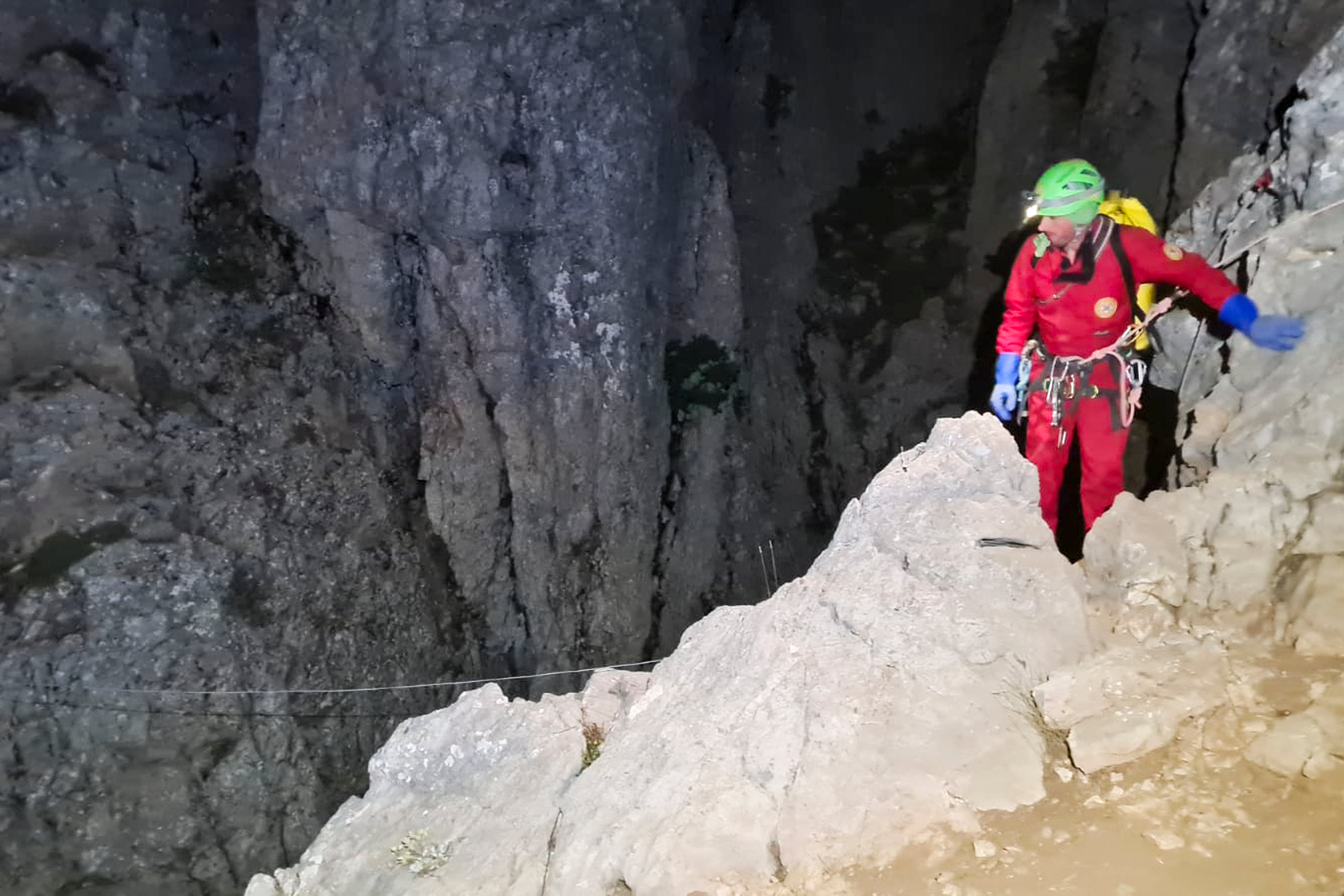
The cave path from the surface is a known route, Dénes Ákos Nagy, a doctor with the Hungarian Cave Rescue Service, told the Wall Street Journal. But the path isn’t frequently travelled and is difficult to navigate, he added.
“If you imagine a skyscraper, that would be maybe 100 meters tall. They are 1,000 meters down there. That’s like 10 skyscrapers stacked on top of each other,” Mr Nagy said. “It’s extremely far, far away.”
In ideal conditions, it takes a full 15 hours for an experienced caver to reach the surface,” the Speleological Federation of Turkey said. But this was not the case with Mr Dickey.
To tackle the issue, the team of international experts divided up the depths of the cave and assigned it to a specific team to figure out a solution for that specific area.
Officials from the Speleogical Federation of Turkey announced they had reached 100m below ground on Monday evening local time. Mr Dickey was reported to be in stable condition at the time.
An expert caver
A New Jersey native and current resident of Croton-on-Hudson, New York, Mr Dickey is a highly-trained caver, cave rescuer himself and well-known in the international speleological (cave expert) community, according to the European Cave Rescue Association (ECRA).
His resume of cave explorations and expert status is endless: secretary of the ECRA medical committee, lead instructor for Caving Academy, a US-based organisation that prepares other cavers for exploration and a national instructor for the National Cave Rescue Commission.
He also volunteers with the New Jersey Initial Response Team, a nonprofit search-and-rescue team.
Having participated in many cave explorations in karst areas around the world for many years, Mr Dickey is knowledgeable and skilled – the kind of person you’d want on complicated cave exploration like the Morca mission.
Mr Dickey was on an expedition to map the 4,186-foot-deep cave system in southern Turkey for the Anatolian Speleology Group Association.
Photos from a Facebook page that seemingly belongs to Mr Dickey show him happily preparing for the mission by inspecting all the necessary gear before embarking.
But what Mr Dickey, and others, could not prepare for was the sudden emergency medical situation he found himself in during the journey.
On 2 September, Mr Dickey fell ill with severe gastric pain that was escalating quickly. Though there was initial hope that Mr Dickey could exit the cave on his own, the pain turned into gastrointestinal bleeding and it was clear he needed medical attention quickly.
The Speleological Federation of Turkey sent a medical team and six units of blood in the following days in the hopes of stabilising Mr Dickey’s medical situation.
On Thursday, Mr Dickey appeared in a video for the first time, obtained by The Associated Press, where he thanked Turkish authorities for responding quickly to his medical needs.
“As you can see, I’m up. I’m alert, I’m talking, but I’m not healed on the inside yet,” he said.
“I don’t quite know what’s happened, but I do know that the quick response of the Turkish government to get the medical supplies that I need, in my opinion, saved my life,” Mr Dickey said. “I was very close to the edge.”

While crews have been working to rescue Mr Dickey from the cave, a fundraiser for the efforts surpassed the $60,000 mark.
“Many thanks to everyone who is contributing to Mark Dickey’s rescue from Morca! The last cave rescue of this scale (Riesending, 2014) required 700 rescuers over the course of 2 weeks and cost approximately 960,000 Euros (about $1 million),” the GoFundMe reads.
“This GoFundMe is currently set to $100,000 and this will only be a start for the expenses. The funding will be put to good use towards the travel, food, gear and supplies that the rescuers have needed. This is a complex and expensive operation and your contributions to this effort are making a good impact towards supporting those involved!”
Join our commenting forum
Join thought-provoking conversations, follow other Independent readers and see their replies
Comments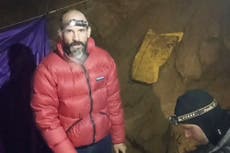


Bookmark popover
Removed from bookmarks